There are cases when we are faced with the dilemma of having to transport an injured person to the hospital. Although it is still best to wait for an ambulance that is fully equipped with the necessary equipment and skilled medical personnel, there are some situations where we are forced to take action and do the driving.
During an accident, time is of the essence and a matter of seconds can make a life-saving difference. Distance and the gravity of the injury are some of the factors that can make any skilled and experienced driver queasy, but as always, safety is still a top priority above anything else.
Philkotse.com gathered some of the recommendations that you can keep in mind when placed in the driver’s seat with an injured person as a passenger.
1. Keep your cool
This is definitely the hardest advice for a person who is already in full panic mode, but a calm demeanor can make miracles in a life and death situation. A freaked out driver purely operates in a disoriented state and sometimes even in shock. These two combined is nothing but dangerous.
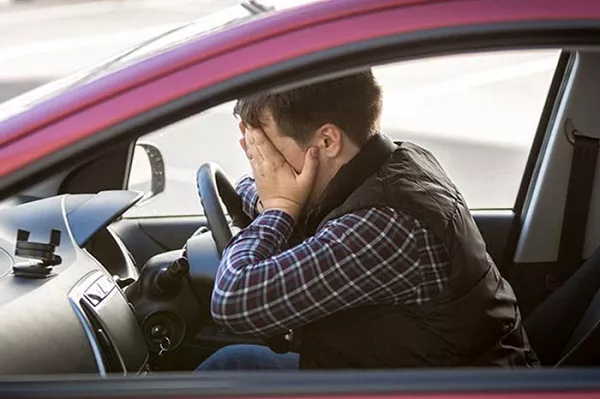
Try not to lose your temper while driving with an injured passenger
The case might not just end up with a single injured passenger but with more people as the risk of getting involved in a car accident when one is not rational and composed is high. It is important to breathe in and breathe out and spare even a few minutes to regain your composure before moving.
Yes, you have an injured person inside your car that needs immediate attention, but during the drive to the hospital, your top priority and the main concern is to maneuver your car safely.
Think about this way: “You need to get the injured person safely to the medical facility so the proper care and medical expertise can be provided to him. You are the person who can bring him to the hospital.”
2. Be attentive
During the journey to the hospital, you might have the feeling that every other driver should make way for you, but this is not the case. You are just one of the many passengers on the road; it’s just that you have a special passenger that needs hospital care.
During the drive to the medical facility, be extra attentive to your surroundings. Once in a while, check the patient and see how he is faring. Be alert of your surroundings and keep an eye on the road with both hands on the steering wheel.
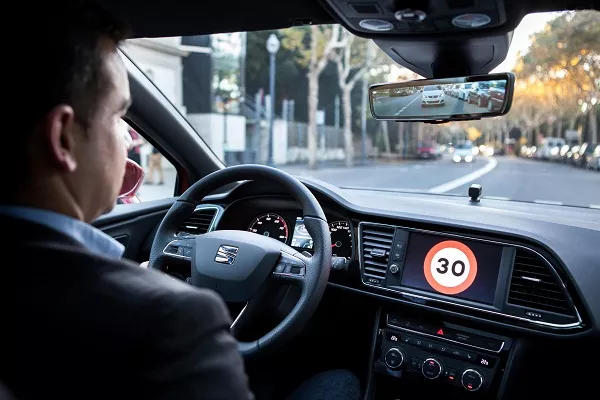
During the drive to the medical facility, be extra attentive to your surroundings
>>> For further reference: Every driver’s rights and must-dos during a car accident in the Philippines
3. Have a support system
If possible, have someone else with you so you can focus on the driving while your companion provides care to the injured person. With this setup, it would be easier to put all your energy and concentration in getting to the hospital.
In cases though that a buddy can’t be with you, you can have 911 to be on speaker phones while driving; although it is not as good as having a physical companion, it will still make a difference.
The 911 dispatcher can let you know the nearest hospital in the area and advise them of your arrival. At the very least, they can provide you with that encouragement and push to stay alert and calm.
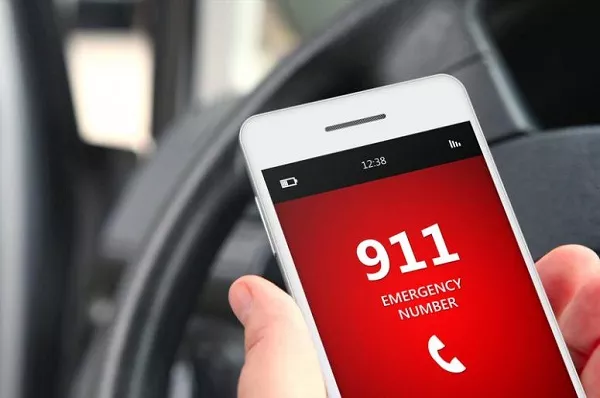
Call 911 for support on the phone
4. Obey the rules of traffic
Yes, you need to get to the hospital as soon as possible, but you cannot over speed. You are driving a regular vehicle without and not the selected emergency transportation complete with lights and sirens. Breaking the rules of the road because of your need to get to the hospital faster is somewhat dangerous to everyone on the way.
Speeding and cutting can cause road rage from other incoming traffic, and yes, you might think that you have a valid reason to do it, but other drivers don’t. You cannot afford to be delayed just for an unwanted confrontation.
You can probably request for a police escort if ever there is a police car nearby but again since the car you are driving is not meant for these emergency cases, you still have to follow the rules and regulations of the roads. You also have to consider the injured person you are transporting as harsh accelerations and sudden direction movements can affect them.
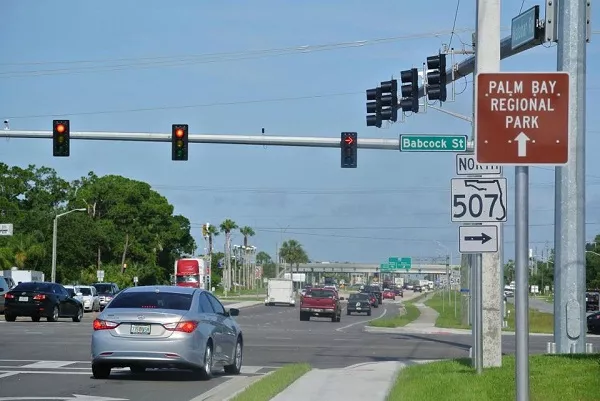
Breaking traffic rules of the road because of your need to get to the hospital faster is somewhat dangerous to everyone on the way
5. Use your hazard lights if needed
This may not be applicable for all states or regions, but if the emergency is negatively impacting your driving, then it will be best to put your hazards light on. This is to mainly let the other drivers know that you are under a different situation and they can drive more cautiously around you.
This recommendation is also putting in a conscious effort for the sake of the other drivers. This is to avoid accidents, miscalculations, and people getting upset.

If the emergency is negatively impacting your driving, then it will be best to put your hazards light on
6. Ask help if needed
If the pressure is too much or you are too overwhelmed, then it is perfectly alright to acknowledge your fear and ask for someone else’s assistance. If you think that you have lost your focus too much with the risk of further delaying the journey to the hospital, then it will be better to ask for intervention.
If you lack the confidence to be behind the wheel and you feel that you can do more by providing care to the injured person then take that role instead. Given the severity of the situation, waiting for the ambulance instead is also the best solution for everyone involved. Waiting might be the least of the things you want to do for urgent cases like this, but it might be your safest option.
>>> View related post: Which is better in case of emergency: Hail a cab or Call an ambulance?
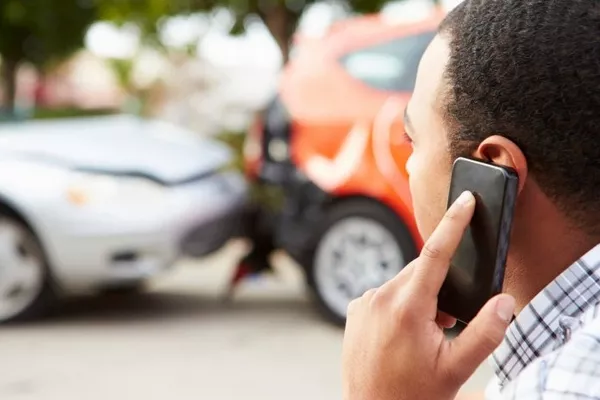
Time to call for help
Overall, driving safely with an injured person is scary and downright nerve-wracking. The stated recommendations above might be a challenge especially if faced in that situation and with each case being unique but being cool on the road would surely be best in all scenarios regardless of the severity and current state of the injured person.
Drive with as much confidence as you can muster and keep your eye on the road. As the driver, if you get to the hospital safe and sound, then it also means that your patient gets the needed medical intervention.
>>> Visit Philkotse.com for more safe driving tips
Recent posts
- Ambulance behind you: Here's what you need to do Jan 10, 2019
- On being alert: 5 Essential Tips to Avoid Car Accidents Oct 31, 2018
- Post Car Accident Signs Everyone Should Be Aware Of Nov 08, 2022
- 9 things to do in the event of a car accident Aug 16, 2022












